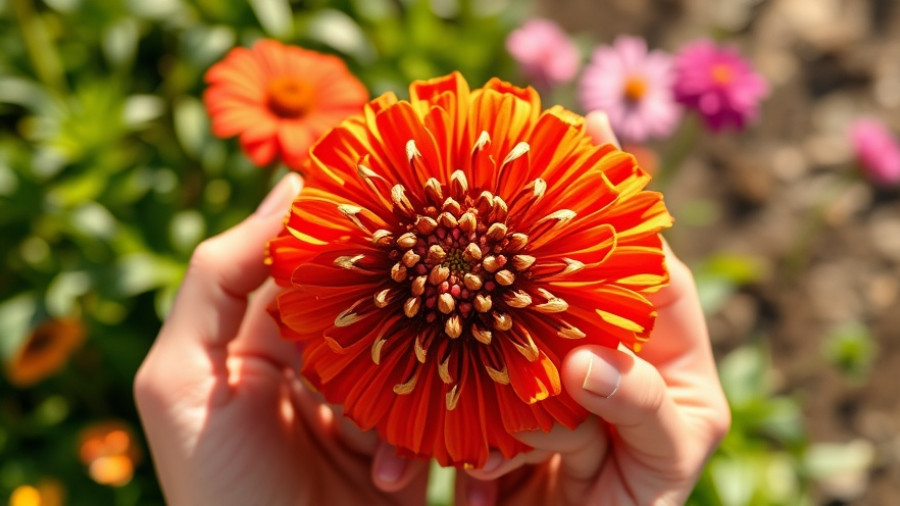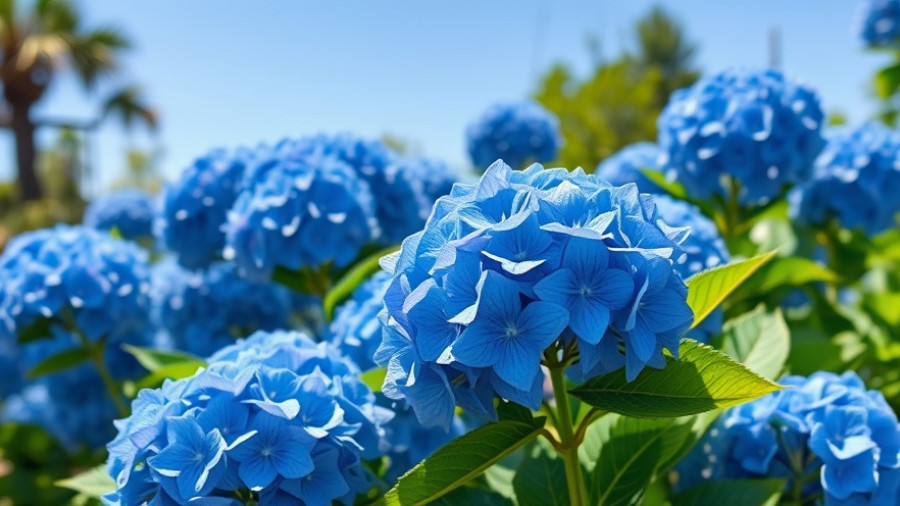
Transforming Your Home with Authentic New Orleans Lanterns
New Orleans is a city steeped in history, culture, and architectural beauty. Beyond its famous jazz music and vibrant festivals like Mardi Gras, the city is adorned with iconic lanterns that reflect its unique heritage. Whether gas or electric, these light fixtures are not just functional; they are exquisite pieces that enhance the timeless beauty of homes across the city.
In 'How to Install an Electric Lantern | Ask This Old House', the discussion dives into the art and craftsmanship of New Orleans lanterns, exploring key insights that sparked deeper analysis on our end.
The Craftsmanship Behind Electric Lanterns
In a recent episode of Ask This Old House, a visit to a local artisan in New Orleans showcased the meticulously handcrafted process behind these stunning lanterns. The artisan reveals that each fixture begins with raw sheets of copper, which are transformed into elegant designs using both traditional and modern techniques. From intricate hand-cut details to robust riveted joints, each lantern embodies the rich craftsmanship that has characterized New Orleans light fixtures for generations.
Why Choose Electric Lanterns?
While gas lanterns exude an old-world charm, electric lanterns offer efficiency and ease of use. They are an excellent choice for homeowners looking to upgrade their outdoor lighting while preserving the aesthetic appeal of their property. The episode highlights how these electric fixtures can mimic the warm glow of their gas counterparts, providing ambiance without the maintenance hassles of gas lights.
Practical Steps to Install Your Electric Lanterns
As featured in the show, replacing light fixtures isn’t just about the new pieces; it’s about ensuring the installation is done safely and correctly. Homeowners should ensure a licensed electrician is involved, especially when dealing with wiring and junction boxes. Installing a junction box can be seamlessly done using vinyl adapters that require no cutting of siding, enhancing both functionality and aesthetics.
Once the fixtures are in place, homeowners can enjoy an impressive transformation that not only lights up their property but also enriches its architectural character. The right lighting can effectively highlight the unique features of a home, making it more inviting and visually appealing.
Final Thoughts on Outdoor Lighting
Installing electric lanterns in your home is not just a design upgrade; it’s an opportunity to connect with the enchanting spirit of New Orleans. Whether you’re drawn to the historic charm of the Bourbon Street fixture or simply want to infuse your home with a touch of regional flair, the choices you make can significantly impact your home’s curb appeal.
By embracing quality craftsmanship and thoughtful design, homeowners can enhance their properties while basking in the rich cultural tapestry that defines New Orleans. So, if you’re considering an upgrade to your outdoor lighting, why not explore the beauty and elegance that electric lanterns can bring to your home?
 Add Row
Add Row  Add
Add 




Write A Comment